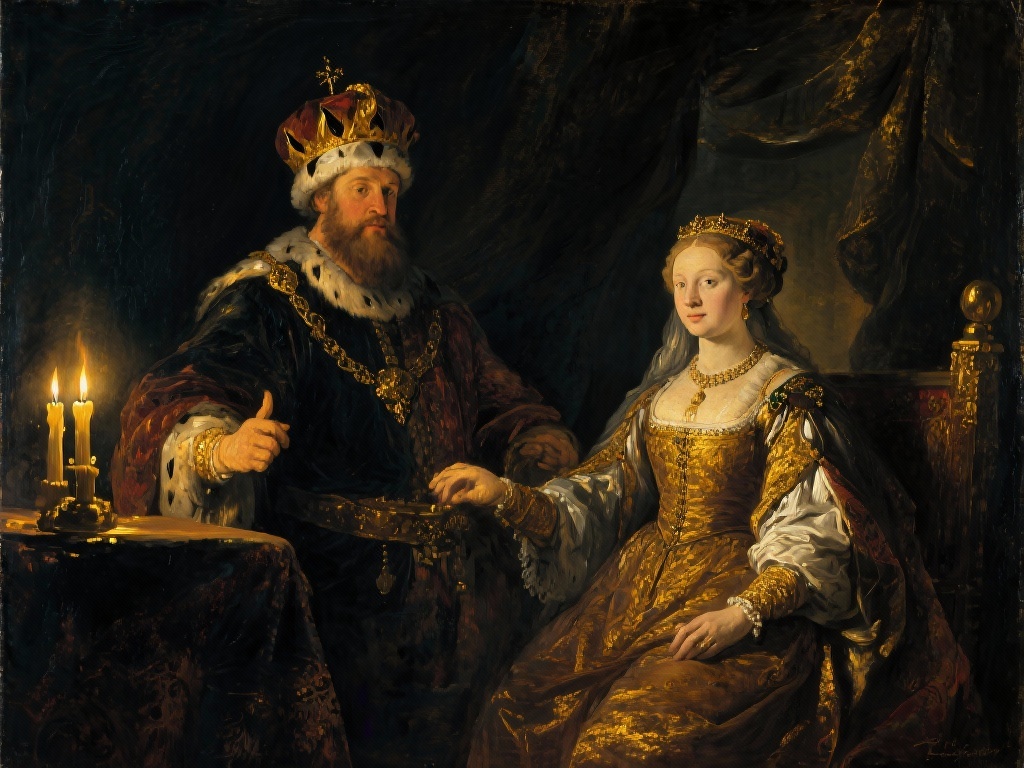You might know Henry VIII for his six wives, but his greatest achievement was securing the Tudor dynasty through his only legitimate son, Edward VI. This remarkable boy became England’s youngest crowned king at just nine years old and spent his brief six-year reign fundamentally transforming English Christianity before tuberculosis claimed his life at fifteen.
Edward VI’s story reads like a Shakespearean tragedy – a brilliant child thrust onto the throne, manipulated by ambitious uncles and regents, yet somehow managing to establish Protestant reforms that would outlast his short life. His reign from 1547 to 1553 witnessed the most dramatic religious upheaval England had seen since his father’s break with Rome, all orchestrated while Edward himself was still learning Latin and struggling with a weak constitution that would ultimately prove fatal.
What makes Edward’s legacy so remarkable is how a teenager, never ruling independently as an adult, managed to institutionalize Protestant doctrine so thoroughly that even his Catholic half-sister Mary I couldn’t completely undo his work during her subsequent reign.
Who Was Edward VI and How Did He Become King?
Edward VI was Henry VIII’s only legitimate son, born on October 12, 1537, to the king’s third wife, Jane Seymore. His birth at Hampton Court Palace represented the culmination of Henry’s desperate twenty-year quest for a male heir – the very reason Henry had broken with the Catholic Church and dissolved his first marriage to Catherine of Aragon.
Tragically, Edward’s mother Jane Seymore died just twelve days after giving birth from complications, likely puerperal sepsis. This left the infant prince motherless but positioned as the most precious child in England – the long-awaited Tudor heir who would secure the Protestant dynasty Henry had fought so hard to establish.
Edward’s Birth and Early Childhood
Edward’s early years were carefully orchestrated to protect the sickly prince while ensuring his Protestant education. Henry VIII, acutely aware of his son’s physical frailty, surrounded Edward with the finest physicians and tutors money could buy. The court moved frequently during Edward’s childhood, partly for his health and partly to avoid the periodic outbreaks of sweating sickness that terrorized Tudor England.
From infancy, Edward showed signs of the weak constitution that would plague his entire life. Contemporary accounts describe a pale, thin child who tired easily and suffered frequent respiratory ailments. Yet despite his physical limitations, Edward demonstrated remarkable intellectual gifts that impressed even seasoned courtiers and foreign ambassadors.
Henry VIII’s Heir and the Tudor Succession
Edward’s position in the Tudor family tree was both blessed and cursed. As Henry’s only legitimate son, he inherited the throne automatically when his father died on January 28, 1547. However, his half-sisters Mary and Elizabeth – daughters from Henry’s first and second marriages respectively – remained in the line of succession, creating potential future conflicts between Protestant and Catholic claims to the throne.
Henry VIII’s will attempted to regulate this succession, placing Edward first, followed by Mary, then Elizabeth. This arrangement would prove prophetic when Edward’s early death triggered exactly the religious and political crisis Henry had tried to prevent.
Edward VI’s Education and Protestant Upbringing
Henry VIII ensured his son received the finest humanist education available in sixteenth-century Europe, selecting tutors who would mold Edward into both a learned monarch and a committed Protestant. This educational foundation would prove crucial in shaping the religious policies that defined Edward’s reign.
Leading Humanist Scholars as Edward’s Tutors
Edward’s primary tutor was Sir John Cheke, a brilliant Cambridge scholar who introduced the young prince to Greek texts, Protestant theology, and humanist philosophy. Cheke was joined by Roger Ascham, another Cambridge humanist who later became famous for tutoring Edward’s half-sister Elizabeth. These men weren’t just teachers – they were Protestant intellectuals committed to reforming English Christianity through educated leadership.
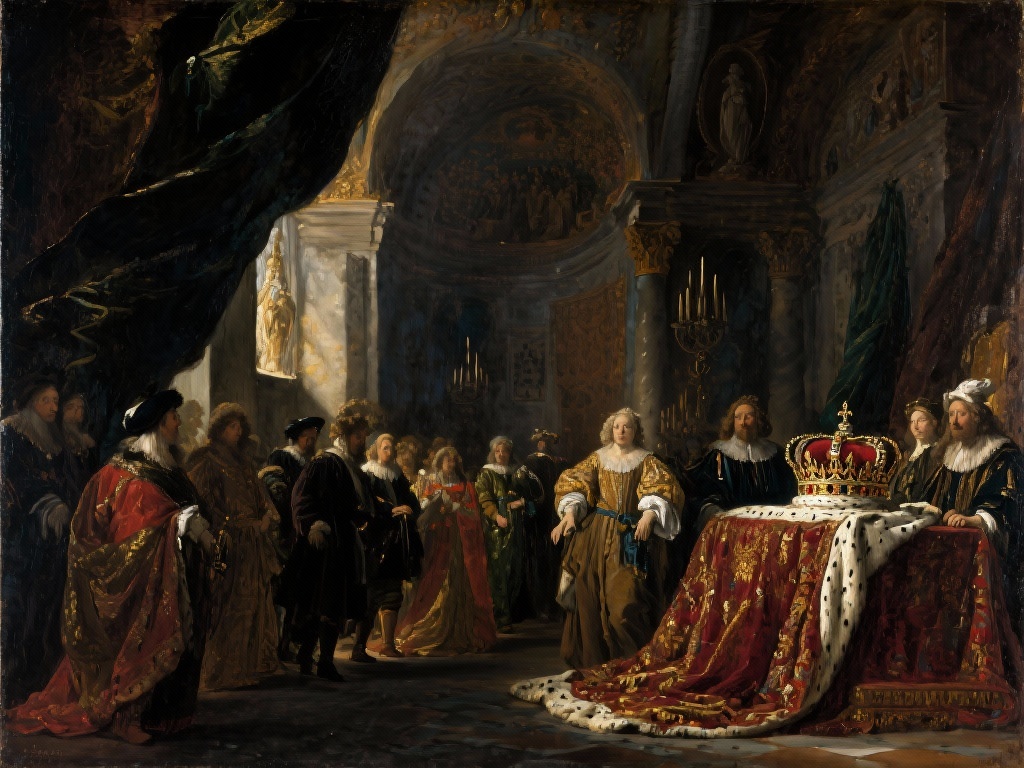
The curriculum was rigorous by any standard: Latin and Greek classics, Protestant theological works, history, geography, and modern languages including French and Spanish. Edward proved an exceptional student, writing letters in Latin by age seven and engaging in sophisticated theological discussions that amazed adult observers. Contemporary accounts describe a boy who could debate Protestant doctrine with university-trained clergy while still struggling to mount a horse without assistance.
How Edward’s Education Shaped His Religious Views
Edward’s tutors deliberately shaped his religious worldview, presenting Catholic practices as superstitious corruption and Protestant reforms as returning to pure Christian truth. Unlike his father Henry VIII, who remained theologically conservative despite breaking with Rome, Edward embraced radical Protestant ideas that would have shocked his grandfather Henry VII.
This educational influence became evident during Edward’s reign when he enthusiastically supported religious changes that went far beyond anything Henry VIII had contemplated. Edward wasn’t just a passive figurehead – contemporary records show him actively engaging with religious policy, asking pointed questions about Catholic practices, and expressing genuine excitement about Protestant reforms.
The Duke of Somerset’s Protectorate (1547-1549)
When nine-year-old Edward inherited the throne, England needed strong leadership during the inevitable regency period. Edward Seymore, the new king’s maternal uncle, quickly maneuvered himself into the position of Lord Protector, essentially ruling England in Edward’s name while the boy completed his education.
Somerset’s Rise to Power and Control of the Regency Council
Edward Seymore leveraged his family connection brilliantly, transforming himself from Earl of Hertford to Duke of Somerset and Lord Protector within weeks of Henry VIII’s death. Somerset understood that controlling access to the young king meant controlling England itself. He established himself at Somerset House, requiring all government business to flow through his offices and using Edward’s royal seal to authorize proclamations that were essentially Somerset’s personal policies.
The regency council that Henry VIII had established to govern collectively during Edward’s minority quickly became Somerset’s rubber stamp. Somerset’s political genius lay in maintaining the fiction that all decisions came from King Edward himself, while carefully orchestrating the boy’s public appearances to reinforce royal authority. This arrangement gave Somerset near-regal powers while protecting him from accusations of usurping the crown.
Somerset’s Policies and Religious Reforms
Somerset pursued a moderate Protestant agenda that reflected both his personal beliefs and political calculations. He repealed Henry VIII’s harsh heresy laws, released Protestant prisoners, and allowed married clergy – changes that were popular with reform-minded English people but didn’t yet threaten traditional Catholic practices directly.
Somerset’s most significant achievement was commissioning the first Book of Common Prayer in 1549, which replaced the Latin Mass with English-language services while maintaining enough traditional elements to avoid shocking conservative churchgoers. This careful balance reflected Somerset’s understanding that religious change needed popular support to succeed permanently.
Protestant Reforms That Transformed English Christianity
Edward VI’s reign witnessed the most comprehensive religious transformation in English history, establishing institutional Protestantism that would survive multiple future attempts at Catholic restoration. These weren’t gradual changes but systematic dismantling of Catholic practice and doctrine.
The centerpiece was the Book of Common Prayer, first introduced in 1549 under Somerset and then radically revised in 1552 under Northumberland. This wasn’t simply translation – it was theological revolution. Where Catholic Mass emphasized the priest’s role in transforming bread and wine into Christ’s actual body and blood, the new Protestant communion service treated these elements as symbolic remembrance. The difference wasn’t subtle; it represented fundamentally different understandings of Christian salvation.
The Book of Common Prayer Revolution
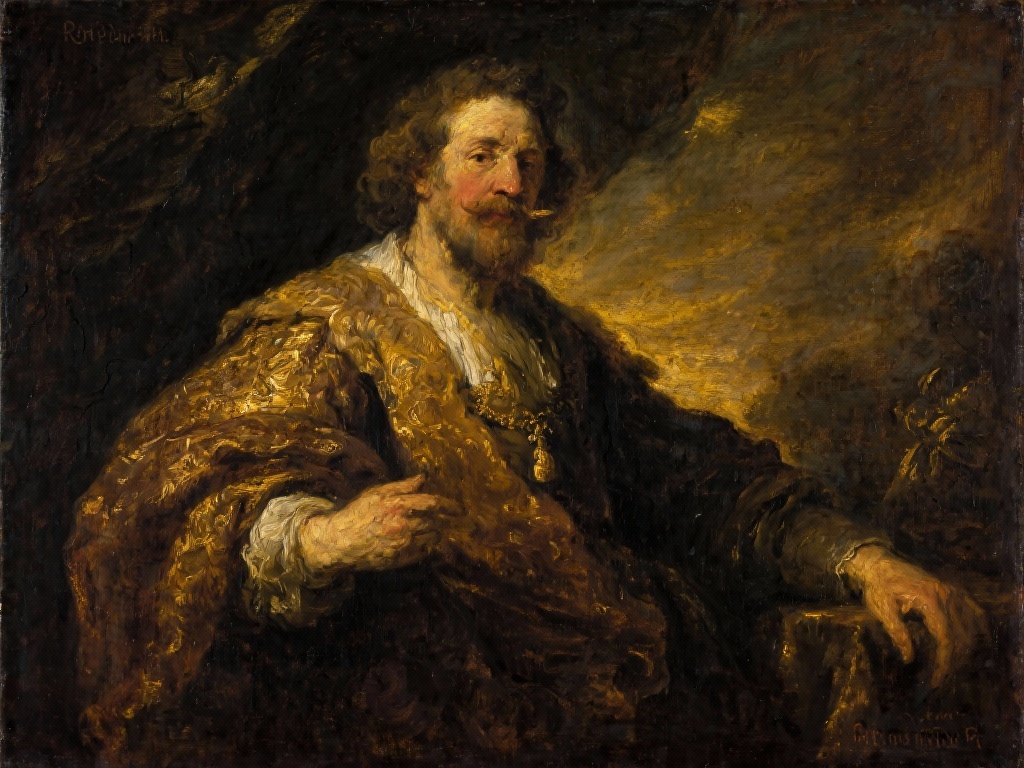
The 1549 Prayer Book attempted compromise, maintaining some traditional language while introducing Protestant theology. However, the 1552 revision eliminated any remaining ambiguity about Catholic doctrine. Stone altars were replaced with simple wooden communion tables, emphasizing that Protestant services were communal meals rather than sacrificial rituals.
These changes weren’t merely ceremonial – they reflected Protestant theology that salvation came through faith alone rather than through sacramental participation in church rituals. For ordinary English people, this meant their eternal salvation no longer depended on priest-mediated sacraments but on personal relationship with God accessed through English-language scripture and prayer.
Physical Transformation of English Churches
Edward’s reign saw systematic iconoclasm that stripped English churches of Catholic imagery. Religious statues, stained glass windows depicting saints, and ornate decorations were removed or destroyed as “superstitious” distractions from true worship. This physical transformation was traumatic for many English people whose families had worshipped in these spaces for generations.
However, the reforms weren’t universally unpopular. Many English people, particularly in London and other urban areas, embraced Protestant changes as liberation from corrupt Catholic practices. The ability to hear religious services in English rather than Latin was genuinely popular, making Christianity more accessible to ordinary people.
Northumberland’s Coup and Rise to Power (1549-1553)
John Dudley, Earl of Warwick (later Duke of Northumberland), initially supported Somerset but gradually recognized that the Lord Protector’s moderate approach wasn’t moving fast enough toward comprehensive Protestant reform. Northumberland’s challenge to Somerset represented both personal ambition and genuine religious conviction.
The Power Struggle Between Somerset and Northumberland
Northumberland carefully built support within the regency council, arguing that Somerset’s policies were too cautious and that England needed more aggressive Protestant leadership. The power struggle reached crisis in 1549 when Somerset lost credibility during Kett’s Rebellion, a major peasant uprising that Somerset handled poorly.
Northumberland positioned himself as the stronger leader who could maintain order while advancing Protestant reforms. His coup succeeded because council members genuinely believed England needed more decisive leadership during a period of religious and social upheaval. Somerset was arrested, tried for treason, and eventually executed – a fate that demonstrated how seriously Tudor politics took questions of loyalty and competence.
Northumberland’s More Radical Protestant Agenda
Under Northumberland’s influence, Edward VI embraced far more radical Protestant reforms than Somerset had contemplated. The 1552 Prayer Book eliminated virtually all traces of Catholic doctrine, while new legislation required all English people to attend Protestant services or face significant fines.
Northumberland also encouraged Edward to take more active interest in religious policy, recognizing that the teenage king’s genuine Protestant enthusiasm could legitimize even controversial reforms. Contemporary accounts show Edward asking detailed questions about Catholic practices and expressing satisfaction when traditional rituals were eliminated or simplified.
Edward VI’s Declining Health and Mysterious Illness
Edward’s final illness began in January 1553 with what initially appeared to be a common cold but rapidly developed into something far more serious. The fifteen-year-old king began experiencing severe shortness of breath, persistent coughing that produced greenish-yellow and sometimes black blood-stained sputum, and painful swelling in his legs and abdomen.
Contemporary physicians diagnosed “consumption” – what we now call tuberculosis – though modern medical historians debate whether Edward actually suffered from acute bilateral bronchopneumonia or another respiratory condition. What’s certain is that his illness progressed rapidly and painfully, leaving the teenage king increasingly weak and unable to participate in government activities.
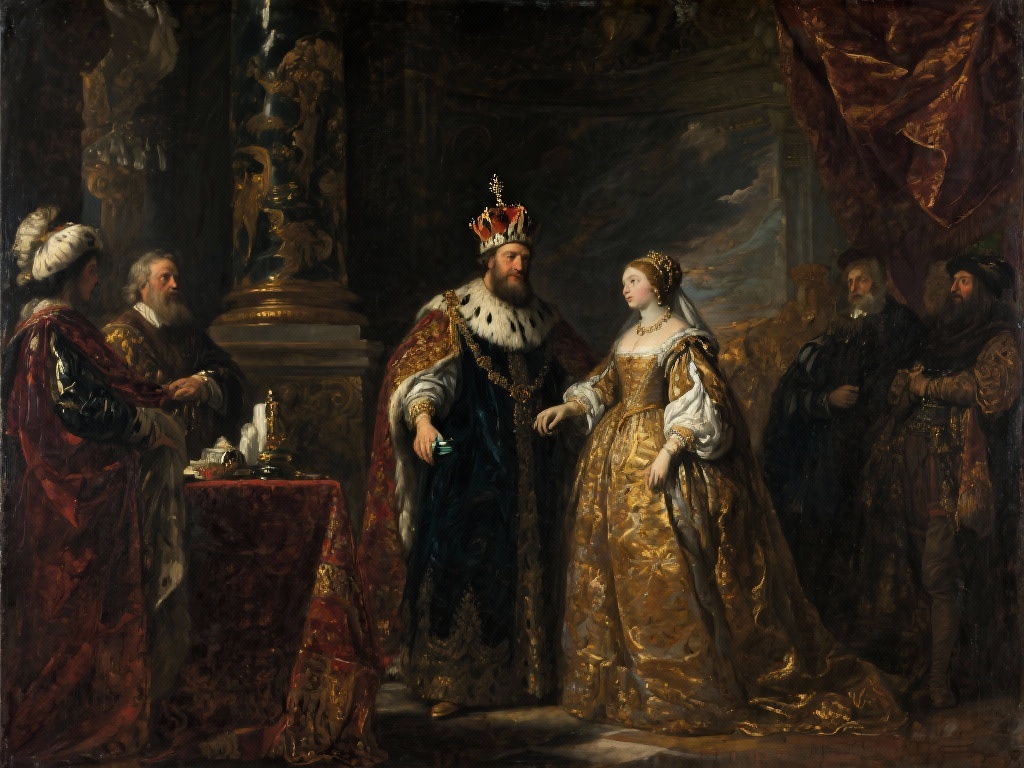
Tuberculosis vs Pneumonia: What Really Killed Edward VI?
The autopsy performed after Edward’s death revealed two large “putrefied ulcers” in his lungs, consistent with either advanced tuberculosis or severe pneumonia. Some historians suggest Edward’s weak constitution, combined with the stress of kingship and frequent moves between drafty royal residences, created conditions perfect for respiratory disease.
Modern medical analysis suggests Edward’s symptoms – particularly the blood-stained sputum and rapid deterioration – point toward tuberculosis rather than simple pneumonia. However, sixteenth-century medical records lack the precision necessary for definitive diagnosis, leaving Edward’s exact cause of death as one of Tudor history’s enduring medical mysteries.
Edward’s Final Months and Last Words
Despite his physical suffering, Edward remained mentally alert and deeply concerned about England’s religious future. His final recorded words reportedly focused on Protestant prayers and concern that his Catholic half-sister Mary might undo his religious reforms if she inherited the throne.
Edward died on July 6, 1553, at Greenwich Palace, surrounded by Protestant clergy and courtiers who shared his religious convictions. His death at exactly fifteen years old ended six years of remarkable religious and political transformation, leaving England to grapple with the succession crisis he had tried unsuccessfully to prevent.
The Succession Crisis and Lady Jane Grey’s Nine Days
Recognizing that his death would likely result in his Catholic half-sister Mary inheriting the throne, Edward collaborated with Northumberland to create a “devise for the succession” that attempted to bypass both Mary and Elizabeth in favor of their Protestant cousin, Lady Jane Grey.
This unprecedented attempt to alter the Tudor succession reflected Edward’s genuine religious convictions rather than mere political manipulation. The teenage king sincerely believed that allowing Catholic Mary to inherit would destroy the Protestant reforms he considered essential for England’s spiritual welfare.
Edward’s Devise to Change the Tudor Succession
Edward’s succession document represented sophisticated legal reasoning that attempted to use his royal prerogative to override his father’s will and established succession law. The document argued that both Mary and Elizabeth were illegitimate and that the crown should pass to Lady Jane Grey as the nearest Protestant heir through the Suffolk line.
However, Edward’s legal arguments couldn’t overcome the political reality that most English people recognized Mary Tudor as Henry VIII’s legitimate daughter and rightful heir. The devise reflected a teenage king’s idealistic belief that religious conviction could overcome dynastic tradition and popular opinion.
Lady Jane Grey: The Reluctant Nine Days Queen
Lady Jane Grey was proclaimed Queen of England on July 10, 1553, but her reign lasted only nine days before Mary Tudor successfully claimed the throne with overwhelming popular support. Jane, only sixteen years old herself, had been reluctant to accept the crown and quickly realized that Northumberland’s political calculations had been disastrously wrong.
Mary’s successful counter-claim demonstrated that English people, regardless of their religious preferences, valued legitimate dynastic succession over religious considerations. Jane Grey was eventually executed for treason, becoming another tragic victim of Tudor succession politics and Edward VI’s failed attempt to control England’s religious future from beyond the grave.
How Old Was Edward VI When He Died and What Was His Legacy?
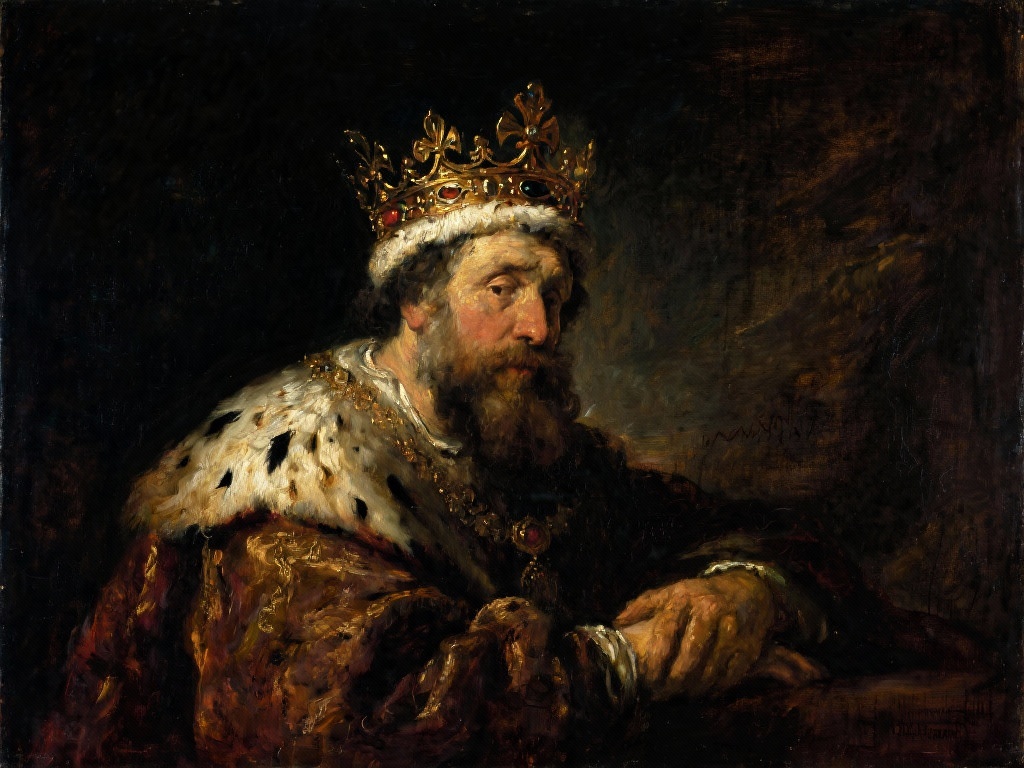
Edward VI died on July 6, 1553, at exactly fifteen years old after reigning for six years and five months. Despite his youth and the brevity of his reign, Edward established institutional Protestant reforms that proved remarkably durable, surviving Mary I’s subsequent Catholic restoration and providing the foundation for Elizabeth I’s later religious settlement.
Edward VI’s Impact on English Religion Despite His Short Reign
Edward’s most lasting achievement was demonstrating that Protestant Christianity could function as England’s established religion. The Book of Common Prayer, Protestant episcopal structure, and English-language religious services created during his reign became permanent features of Anglican Christianity that persist today.
Even Mary I, despite her determined Catholic restoration, couldn’t completely undo Edward’s institutional changes. Many English people had genuinely embraced Protestant theology, while others had simply grown accustomed to English-language services and married clergy. These practical changes proved harder to reverse than Mary had anticipated.
Edward VI vs Mary I: The Religious Pendulum of Tudor England
The contrast between Edward’s Protestant enthusiasm and Mary’s Catholic restoration illustrates how deeply religious conviction shaped Tudor monarchy. Both siblings genuinely believed their religious policies were essential for England’s spiritual welfare, leading to dramatic policy reversals that confused and sometimes traumatized ordinary English people.
However, Edward’s Protestant foundation proved more durable than Mary’s Catholic restoration. When Elizabeth I eventually established her famous religious settlement, she built primarily on Edward’s Protestant innovations rather than returning to Henry VIII’s idiosyncratic Catholicism or embracing Mary’s Roman orthodoxy.
Common Questions About Edward VI
Did Edward VI Ever Marry or Have Children?
Edward VI never married or had children, dying before reaching the age when Tudor royal marriages were typically arranged. Some historians suggest that had he lived, Edward might have married a Protestant European princess to strengthen England’s alliance with other reformed churches, but his early death made such speculation purely academic.
What Happened to Edward VI’s Body After His Death?
Edward VI was buried at Westminster Abbey in a relatively simple ceremony that reflected Protestant preferences for modest funeral practices rather than elaborate Catholic rituals. His grave remains unmarked by any significant monument, contrasting sharply with the ornate tombs of other Tudor monarchs.
Could Edward VI Have Survived with Modern Medicine?
Modern medical treatment for tuberculosis or pneumonia would likely have saved Edward VI’s life, though his underlying weak constitution might have made him vulnerable to other diseases. The stress of sixteenth-century kingship, combined with poor understanding of infectious disease, created conditions that modern medicine could have easily addressed with antibiotics and proper respiratory care.
Edward VI’s tragic early death remains one of history’s great “what if” scenarios – how different might English and European history have been if this brilliant Protestant king had lived to rule independently as an adult? His six-year reign transformed English Christianity so dramatically that even this brief period secured his place as one of the most consequential monarchs in English history.
